Hospital Trolleys - Buyer's Guide
Date Posted:11 July 2024
Selecting the right hospital trolley involves considering factors like construction material, mobility, storage options, and specific features tailored to medical environments. Stainless steel trolleys with high-quality castors, multiple drawers, and safe
Hospital trolleys are essential for medical environments, facilitating the efficient transport and storage of medical supplies, instruments, and medications. When selecting a hospital trolley, several factors must be considered to ensure it meets the specific needs of healthcare facilities. This guide provides insights into key features, types, and considerations for purchasing a hospital trolley.
Key Features
- Construction Material
- Stainless Steel: Most hospital trolleys are made from high-grade 304 stainless steel, known for its durability, corrosion resistance, and ease of cleaning, essential for maintaining hygiene in medical settings.
- Mobility
- Castors: Look for trolleys with high-quality castors that ensure smooth movement. Medical-grade rubber castors are preferable as they provide quiet operation and reduce vibrations, which is critical in a hospital environment.
- Storage Options
- Drawers and Shelves: Trolleys come with various configurations, including multiple drawers and shelves. Some models feature soft-closing mechanisms and magnetic closures to minimize noise and ensure smooth operation.
- Rails: Trolleys with rails on three sides can secure items during transport, preventing spills and enhancing safety.
- Load Capacity
- Weight Handling: Ensure the trolley can handle the required load. Heavy-duty options are available for carrying substantial weights without compromising mobility.
- Special Features
- Instrument Trolleys: Specific models come with additional features like side rails, removable trays, and integrated handles for easy maneuvering. These are designed to carry delicate instruments safely.
Types of Hospital Trolleys
- Instrument Trolleys
- Designed for transporting surgical instruments and sterile supplies. These trolleys often feature multiple drawers and trays for organized storage. Some models include integrated rails to keep instruments secure.
- Medication Trolleys
- Equipped with lockable drawers for safe storage of medications. They often have compartments and organizers to help manage different types of medications efficiently.
- Utility Trolleys
- Versatile trolleys used for general purposes like transporting medical supplies, linens, or waste. They usually come with open shelves or bins for easy access.
Considerations for Purchase
- Intended Use
- Identify the primary function of the trolley. Different tasks, such as transporting surgical instruments or distributing medications, may require specific features.
- Durability and Maintenance
- Stainless steel trolleys are ideal for their longevity and ease of sterilization. Ensure the material and construction can withstand frequent cleaning and disinfecting processes.
- Ergonomics
- Consider the ergonomic design, including handle placement and height, to ensure ease of use for staff. Trolleys that are easy to maneuver can reduce the risk of strain and injury.
- Safety Features
- Look for trolleys with built-in safety features such as brakes on castors, anti-static properties, and secure drawer locking mechanisms to prevent accidental opening.
- Budget
- While high-quality hospital trolleys can be an investment, they often provide better durability and functionality, which can save costs in the long run. Evaluate the cost against the features and benefits to find the best value.
Selecting the right hospital trolley involves considering factors like construction material, mobility, storage options, and specific features tailored to medical environments. Stainless steel trolleys with high-quality castors, multiple drawers, and safety features are ideal for maintaining hygiene and efficiency. Different types of trolleys serve varied purposes, from transporting instruments to distributing medications, and should be chosen based on their intended use. Ensuring ergonomic design and robust safety features can enhance usability and safety for medical staff. Investing in a high-quality trolley can improve operational efficiency and patient care in healthcare facilities


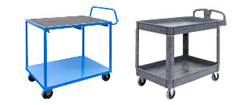

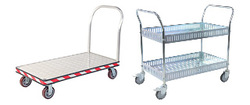
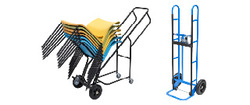
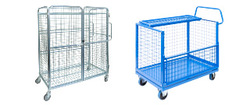
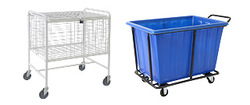
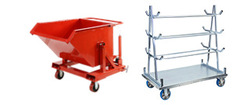
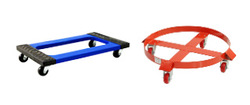
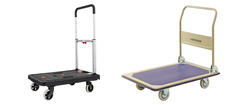
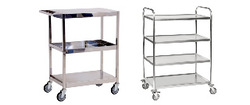
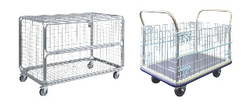
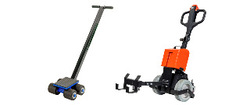
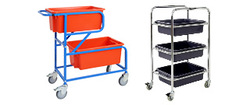
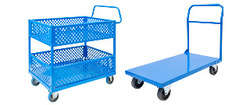
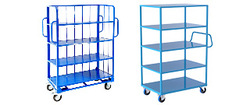
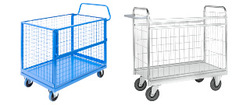
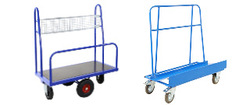
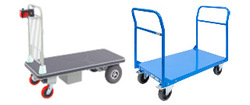
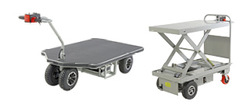
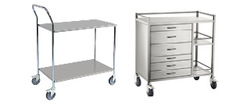
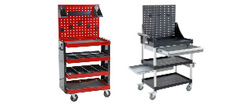
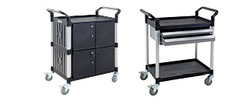
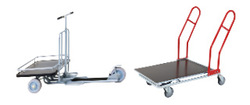
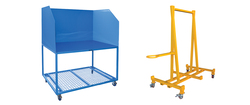



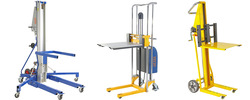



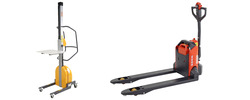
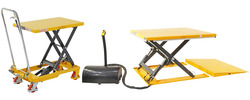
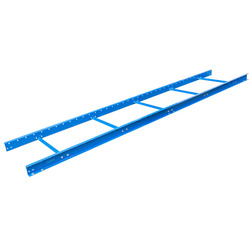
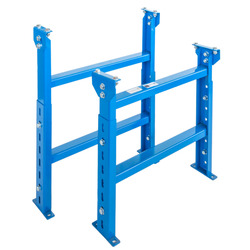
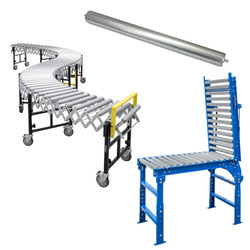
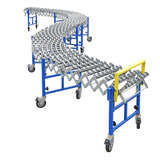



















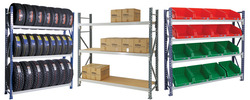
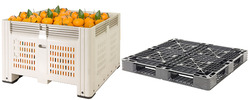
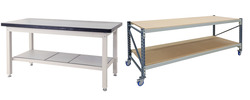
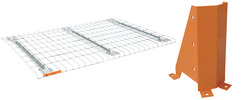
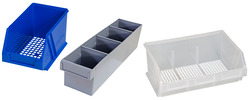

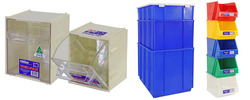

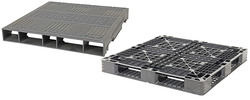
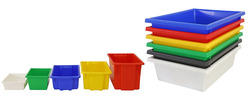
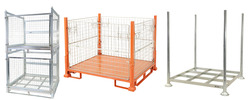
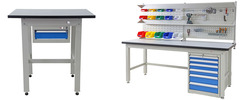
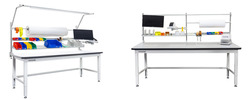


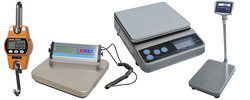



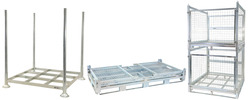
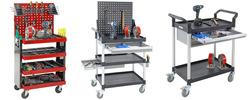
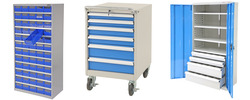

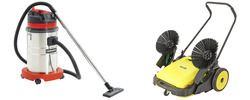











 Trolleys / Hand Trucks
Trolleys / Hand Trucks 2 Tier Trolleys
2 Tier Trolleys 3 Tier Trolleys
3 Tier Trolleys Aluminium Trolleys
Aluminium Trolleys Appliance & Hand Trucks
Appliance & Hand Trucks Cage Trolleys
Cage Trolleys Cleaning Carts & Trolleys
Cleaning Carts & Trolleys Construction Trolleys
Construction Trolleys Dollies
Dollies Foldable Trolleys
Foldable Trolleys Hospital Trolleys
Hospital Trolleys Laundry/Linen Trolleys
Laundry/Linen Trolleys Load Skates & Tow Tugs
Load Skates & Tow Tugs Mail / Office Trolleys
Mail / Office Trolleys Multi Purpose Trolleys
Multi Purpose Trolleys Multi-Tier Shelf Trolleys
Multi-Tier Shelf Trolleys Order Picking Trolleys
Order Picking Trolleys Panel Cart Trolleys
Panel Cart Trolleys Platform Trolleys
Platform Trolleys Powered Trolleys
Powered Trolleys Stainless Steel Trolleys
Stainless Steel Trolleys Tool Trolleys
Tool Trolleys Utility Carts
Utility Carts Warehouse Trolleys
Warehouse Trolleys Custom Trolleys
Custom Trolleys Lifting Equipment
Lifting Equipment Forklift Attachments
Forklift Attachments Jib Attachments
Jib Attachments Lifting Hoists & Pallet Hooks
Lifting Hoists & Pallet Hooks Manual Stackers & Lifters
Manual Stackers & Lifters Pallet Jacks
Pallet Jacks Pallet Lifters
Pallet Lifters Pallet Rotators & Dispenser
Pallet Rotators & Dispenser Powered Pallet Trucks & Electric Lifters
Powered Pallet Trucks & Electric Lifters Scissor Lift Trolleys and Tables
Scissor Lift Trolleys and Tables Conveyor Equipment
Conveyor Equipment Conveyor Frames
Conveyor Frames Conveyor Stands
Conveyor Stands Roller Conveyors
Roller Conveyors Skate Wheel Conveyors
Skate Wheel Conveyors Access Equipment
Access Equipment Container & Yard Ramps
Container & Yard Ramps Step Stools & Ladders
Step Stools & Ladders Work Platforms & Crane Cages
Work Platforms & Crane Cages Drum Handling
Drum Handling Drum Storage & Bunding
Drum Storage & Bunding Drum Trolleys & Lifters
Drum Trolleys & Lifters Forklift Drum Handling
Forklift Drum Handling Containment & Spillage
Containment & Spillage Aerosol Cans Storage Cages
Aerosol Cans Storage Cages Bunded Pallets & Storage
Bunded Pallets & Storage Corrosive Goods Storage Cabinets
Corrosive Goods Storage Cabinets Flammable Liquid Cabinets
Flammable Liquid Cabinets Forklift Gas Storage Cages
Forklift Gas Storage Cages Gas Cylinder Storage
Gas Cylinder Storage Site Storage
Site Storage Spill Kits
Spill Kits Stillage Cages
Stillage Cages Waste Handling
Waste Handling Bin Lifters & Tippers
Bin Lifters & Tippers Plastic Waste Bins and Carts
Plastic Waste Bins and Carts Steel Waste and Tipping Bins
Steel Waste and Tipping Bins Storage Equipment
Storage Equipment Heavy Duty Cabinets & Benches
Heavy Duty Cabinets & Benches Heavy Duty Shelving
Heavy Duty Shelving Mega Bins & Pallets
Mega Bins & Pallets Packing Benches
Packing Benches Pallet Racking Accessories
Pallet Racking Accessories Parts Trays & Stor-Pak Bins
Parts Trays & Stor-Pak Bins Pegboard & Louvre Panels
Pegboard & Louvre Panels Plastic Bins
Plastic Bins Plastic Handling Solutions Bins
Plastic Handling Solutions Bins Plastic Pallets
Plastic Pallets Stack & Nest Bins
Stack & Nest Bins Storage Cages
Storage Cages Workplace Equipment
Workplace Equipment Workbenches
Workbenches Modular Workbenches
Modular Workbenches Electric Height-Adjustable Workbenches
Electric Height-Adjustable Workbenches Floor Matting
Floor Matting Industrial Weighing Scales
Industrial Weighing Scales Pallet Wrapping & Packaging Machinery
Pallet Wrapping & Packaging Machinery Ramps
Ramps Stationery Cupboards
Stationery Cupboards Storage and Stillage Cages
Storage and Stillage Cages Tool Trolleys
Tool Trolleys Tooling Cabinets
Tooling Cabinets Wheelie Bins
Wheelie Bins Workshop Equipment
Workshop Equipment Safety Equipment
Safety Equipment Gloves and PPE
Gloves and PPE Pallet Rack Post Protectors
Pallet Rack Post Protectors Safety Barriers & Bollards
Safety Barriers & Bollards Safety Knives & Cutters
Safety Knives & Cutters Signs and Traffic Supplies
Signs and Traffic Supplies Tool & First Aid Boxes
Tool & First Aid Boxes Construction Equipment
Construction Equipment Concrete Equipment
Concrete Equipment General Site Equipment
General Site Equipment Lifting Equipment
Lifting Equipment Site Storage
Site Storage Waste
Waste 
.png)









